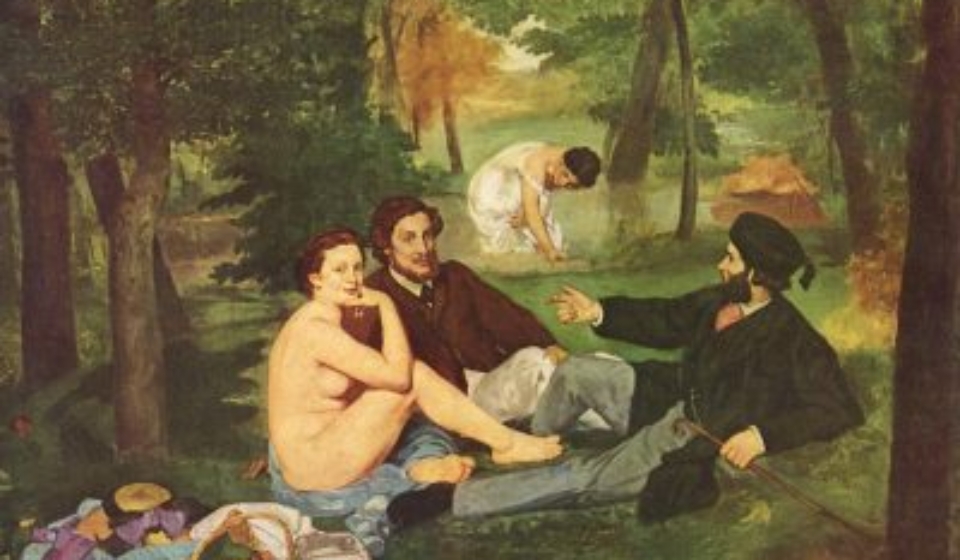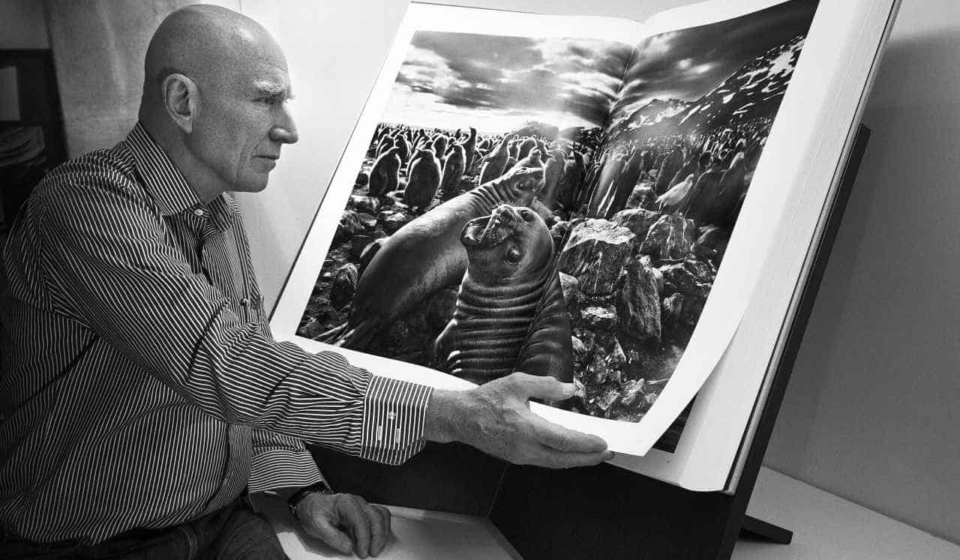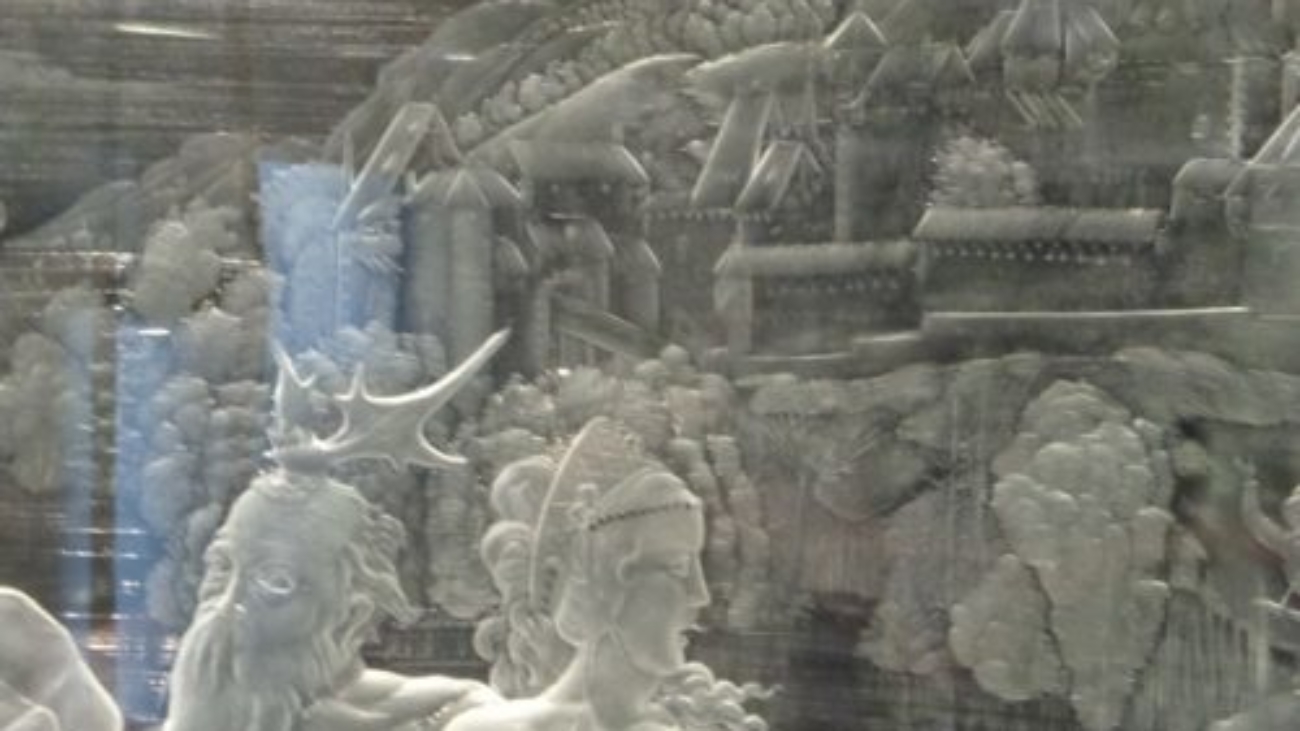
Por Luiz Ernesto Wanke – A noite estava terrível de fria e o preso não conseguia dormir porque seus pensamentos estavam bem longe. Arcides – seu nome – se revirava na cama com saudades da liberdade. De madrugada, com o cansaço finalmente chegando, conseguiu se aquietar e estava fechando os olhos quando sentiu arranharem seu calcanhar. Pulou da cama e deu de cara com um ratão encarando-o.
“ – Seu filho de uma puta!” gritou procurando o sapato para tentar acertar uma pancada na cabeça do bicho.
O rato nem se assustou com o escândalo do Arcides. Só fez andar mais um pouco e se acomodar na esquina do ‘boi’ (banheiro). Lambeu uns respingos e ficou cheirando o chão molhado.
“ – Vou lhe matar, seu cão danado!” gritou Arcides.
O rato só levantou a cabeça. Parecia que não tinha medo.
“ – Desgraçado, corra, vaza!”
Nada.
O rato estava impassível para sua surpresa. Internamente divagou se aquilo estava acontecendo.
“ – Está com fome?”
Estendeu o braço por cima do companheiro que dormia e pegou sua calça pendurada do outro lado. Afundou a mão no bolso e tirou um pão meio duro. Arrancou um naco e jogou-o para o rato.
“ – Coma e se mande! Quero dormir!”
Enquanto o rato ruía o pão, Nhô Arcides, pensativo, ficou observando-o. Não é que aquele bicho podia ser seu parceiro? Ora, a cadeia era lugar de gente, mas também de ratos! Só que em comunidades separadas: enquanto uns se recolhiam, outros dominavam o pátio. A diferença é que na vez dos ratos não tinha guardas que os controlassem. Pensando bem, tinha outra: enquanto queria muito ir embora, os ratos adoravam o lugar! Lá em baixo, corriam para todos os lados, fuçavam os restos de comida abandonadas pelos presos e até invadiam a cozinha pulando de panela em panela numa festa barulhenta. Ora, cadeia é o lugar onde não falta o que comer e ali nenhum rato passa fome!
Nhô Arcides deitou-se na cama e ficou lá pensativo. Lembrou-se quando fazia ‘pescaria’ de ratos. Era assim: amarrava na ponta de uma cordinha um resto de carne ou pão, algo que um rato pudesse engolir de vez. Pela janela do cubículo soltava a linha e lá em baixo os bichos se amontoavam disputando o naco. Na pressa, um deles engolia o pedaço inteiro e aí era ‘pescado’.
Mas para que serve um rato? Ora, os presos da galeria faziam um jogo, apostavam dinheiro e soltavam o rato no corredor do corredor. Aí aquela ala virava um inferno tal a gritaria tentando afugenta-lo. Ele, desorientado, geralmente entrava numa das celas e era morto com um chute. Quem conseguia, raspava a bolada.
Naquela noite, Arcides dormiu meio atravessado na cama. Nem viu o rato sair.
Voltando toda a noite, assim a ratazana foi se ambientando na cela. Claro, ia buscar seu direito, o quinhão de comida e tinha até uma latinha sua para o alimento. Acabou ficando tão íntimo que Arcides fez uma caixinha de madeira para leva-lo para o trabalho na cantina da cadeia. Ninguém botava a mão no Xororó, seu novo nome, por causa do topetinho arrepiado.
Com o tempo o rato passou a acompanha-lo ao seu lado, tal como um cachorrinho.
Mas um dia Arcides se atrasou e teve que ir sozinho preparar o café para os companheiros. Sem problemas, porque Xororó sabia o caminho.
E lá foi o rato sozinho atrás do dono, balançando as anquinhas do andar no chão liso e encerado do piso. Mas, azar, um guarda estranhou aquele rato nojento no meio do corredor, andando tranquilamente, como se estivesse desfilando numa passarela.
Não teve dúvidas: correu e alcançou o bicho. O animal só fez olha-lo curioso, não parou nem fugiu. Era a sua personalidade… ‘O que será que este cara quer?’ deve ter pensado porque já estava acostumado com gente.
Então o guarda deu-lhe uma botinada violenta e fatal, com tanta força que jogou Xororó contra a parede do corredor. Depois, recolheu o rato morto pelo rabo e sumiu.
Nhô Arcides sentiu a falta do amigo. De noite ficava horas esperando sua volta. Da cela olhava aquela ratarada zanzando no pátio na esperança de rever o amigo tão querido. Mas não tinha como. Mudou seu comportamento porque nas folgas ia ao pátio procurar Xororó, de buraco em buraco. Também passou a ser defensor intransigente dos animais… Aí de quem matasse uma mosca ou uma barata na sua frente! E os defendiam raivoso:
“- Gostar de cachorrinhos e gatinhos é fácil. Quero ver amar este outro tipo de animal que chamam de nojentos. Afinal eles também têm direito à vida!”
Sem nenhum sucesso, procurava uma explicação para o sumiço. E nestes casos surgem palpiteiros criando teses e mais teses. Um amigo contou-lhe que corria o boato que Xororó tinha sido vítima de um daqueles jogos de perseguição da galeria, numa aposta da ala dos presos assassinos… Perguntando aqui e ali, também deu em nada.
Enfim, o tempo foi mitigando a lembrança do rato amigo.
Quem me contou esta história jura que toda a vez que alguém falava do Xororó para provoca-lo, o cantineiro ouvia calado. Quando insistam, ele se lamentava: ou se julgava abandonado pelo amigo ou se culpava pelo seu desaparecimento.
E quando aquela conversa voltava para as lembranças do Xororó, Arcides sempre se virava tentando disfarçar uma lágrima furtiva.
Do livro inédito ‘Pobrete mas Alegrete’















